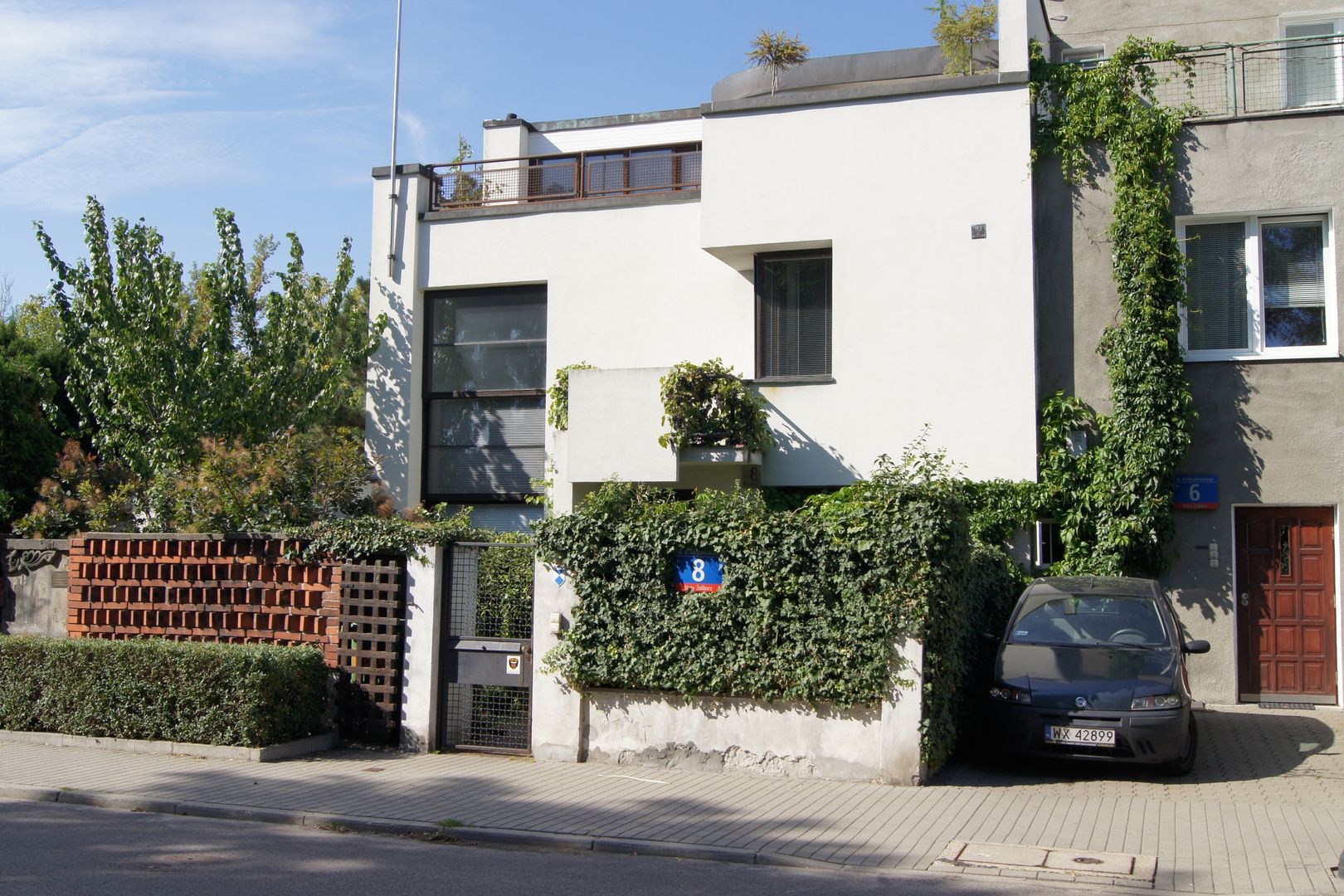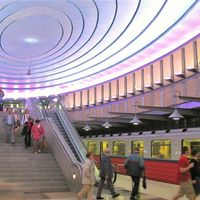Jolie Bord.
7.37

Overview
Żoliborz is one of the most fascinating districts of Warsaw, its name derived from the French "Joli Bord," meaning "Beautiful Shore." In the 18th century, this area was home to an estate belonging to the Piarist Fathers. Historically, it was part of the village of Polików, and in the 19th century, it gained popularity as a villa district inhabited by the aristocracy. After the destruction of World War II, Żoliborz acquired a new identity in the 1920s thanks to urban designs by Antoni Jawornicki and inspirations from Tony Garnier, which influenced its architectural development. The district gained impressive buildings that combine elements of modernism and functionalism, with a significant portion of Żoliborz being green areas. Contemporary Żoliborz is an area of diverse architecture, including buildings of the Warsaw Housing Cooperative constructed during the interwar period. The district is also known for its rich cultural life—it has its place in music (bands like T.Love and Funky Filon), literature (memoirs of various poets), and as a venue for artistic events, including the establishment of one of the first private art galleries in 1979. Żoliborz witnessed important historical events, such as the battles of the Warsaw Uprising, and its surroundings are filled with monuments, including churches and memorials honoring soldiers of the Home Army. The district hosts numerous educational institutions, and green spaces like Kępa Potocka Park and Stefan Żeromski Park offer residents areas for recreation. Żoliborz is also home to several monuments, such as the Jerzy Popiełuszko Monument and a display commemorating David Bowie's visit. The district is characterized by a unique atmosphere, blending history, culture, and architecture into one cohesive whole, making it an exceptional place on the map of Warsaw.
Location
Tickets
Powered by GetYourGuide
You can also find here:

Museum of Polish History in Warsaw
8.22
Jolie Bord., Warsaw

Polish Army Museum in Warsaw
7.03
Jolie Bord., Warsaw

Social Insurance Institution
6.78
Jolie Bord., Warsaw

Katyń Museum
6.75
Jolie Bord., Warsaw

St. Joseph the Spouse of the Blessed Virgin Mary Parish in Warsaw
6.73
Jolie Bord., Warsaw

Military Institute of Hygiene and Epidemiology named after General Karol Kaczkowski
6.67
Jolie Bord., Warsaw

Warsaw Metro Line M1
6.67
Bielany, Warsaw

Warsaw Citadel
6.6
Jolie Bord., Warsaw

Sady Żoliborskie
6.4
Jolie Bord., Warsaw

Museum of Sport and Tourism in Warsaw
6.36
Jolie Bord., Warsaw
2025 Wizytor | All Rights Reserved